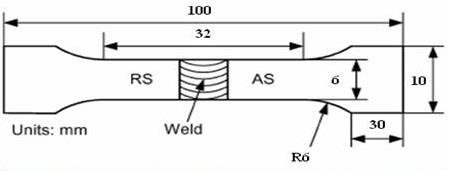
NewsInformation Center
What is the difference between ISO 6892 and ASTM E8?
2023/10/13
ISO 6892 and ASTM E8 are two different standards that relate to the tensile testing of metallic materials. Although they both cover similar aspects of the testing process, there are some key differences between ISO 6892 and ASTM E8:



1. ISO 6892:
- ISO 6892 is an international standard published by the International Organization for Standardization (ISO) and is applicable to metallic materials.
- It provides guidelines for the tensile testing of metallic materials to determine their mechanical properties, including yield strength, tensile strength, and elongation.
- ISO 6892 specifies the test methods, specimen preparation, testing procedures, and calculation methods for obtaining accurate and reliable test results.
- This standard emphasizes the importance of conducting tests in a controlled laboratory environment and ensuring compliance with the specified testing parameters.
2. ASTM E8:
- ASTM E8 is a standard test method published by the American Society for Testing and Materials (ASTM) for tension testing of metallic materials.
- Similar to ISO 6892, ASTM E8 focuses on the tensile testing of metallic materials to evaluate their mechanical properties, including yield strength, tensile strength, and elongation.
- ASTM E8 provides guidelines for the specimen preparation, testing procedures, and calculation methods to ensure accurate and consistent tensile test results.
- This standard is widely used in various industries, such as manufacturing, construction, and engineering, to determine the mechanical behavior and strength of metallic materials.

Key Differences:
- ISO 6892 is an international standard, whereas ASTM E8 is a standard published by ASTM, which is primarily used in North America.
- ISO 6892 may have slight variations in terminology and units compared to ASTM E8 due to international standardization.
- While the general principles and objectives of both standards are similar, there may be some variations in specific testing parameters, such as specimen dimensions, testing speed, and calculation methods.
- ISO 6892 places more emphasis on ensuring traceability, calibration, and documentation to meet international quality assurance requirements.
It is important to note that the specific requirements and preference for ISO 6892 or ASTM E8 may depend on the region, industry, and specific project requirements. It is recommended to consult the applicable standards and consult with experts or testing professionals to ensure compliance with the correct standard for your particular situation.
Previous: What is ASTM E8 standard?
N e x t : Up to which limit did the limiting oxygen index need in medical applications?



